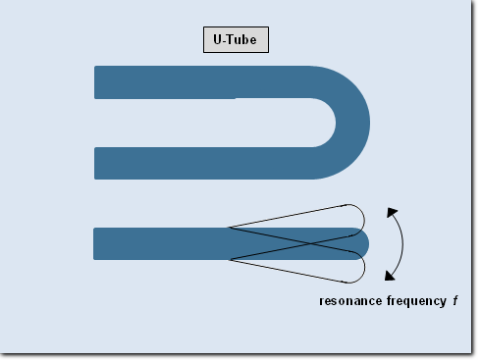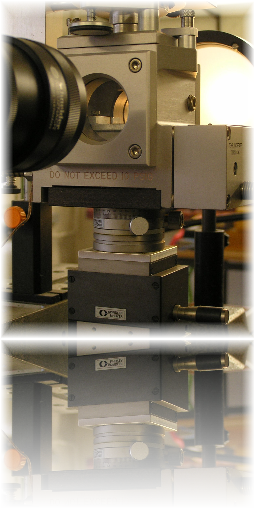Determination of density - Homepage WEE-Solve GmbH
Main menu:
- Home
- Menütrennlinie 7
- About us
- Menütrennlinie 1
- Fractionation
- Menütrennlinie 4
- Rheology
- Menütrennlinie 5
- Contract research
- Menütrennlinie 6
- Analysis
- Menütrennlinie 8
- Contact
Determination of density
The density is used in different areas of application to characterize material or product properties, like the concentration. The determination of the density is one of the most used applied gravimetric procedures in laboratories. We offer the determination of the density by means of either pyknometers or the oscillation method (vibrometer).
Pycnometer
The pycnometer is a volume-

Schematic draft of a pycnometer
Vibrometer
For the determination of the density we use a Kratky-

Schematic draft of the vibrometer
In the table you can find some test methods, which we offer. If you cannot find a desired test method, do not hesitate to address us.
Test methods:
DIN EN ISO 2811/1 |
Paints and varnishes - |
DIN EN ISO 2811/3 |
Paints and varnishes - |
DIN EN ISO 1183/1 |
Non- |
ISO 8130/3 |
Coating powders - |
ISO 1675 |
Liquid resins - |
ISO 2781 |
(Thermoplastic) Elastomers |
ISO 845 |
Cellular rubbers and plastics: Determination of apparent density |
Determination of densities under elevated pressures / elevated temperatures
Due to thermal expansion and compressibility of matter the density depends on temperature and pressure. Our equipment consists of a pressure and temperature resistant oscillating U-
